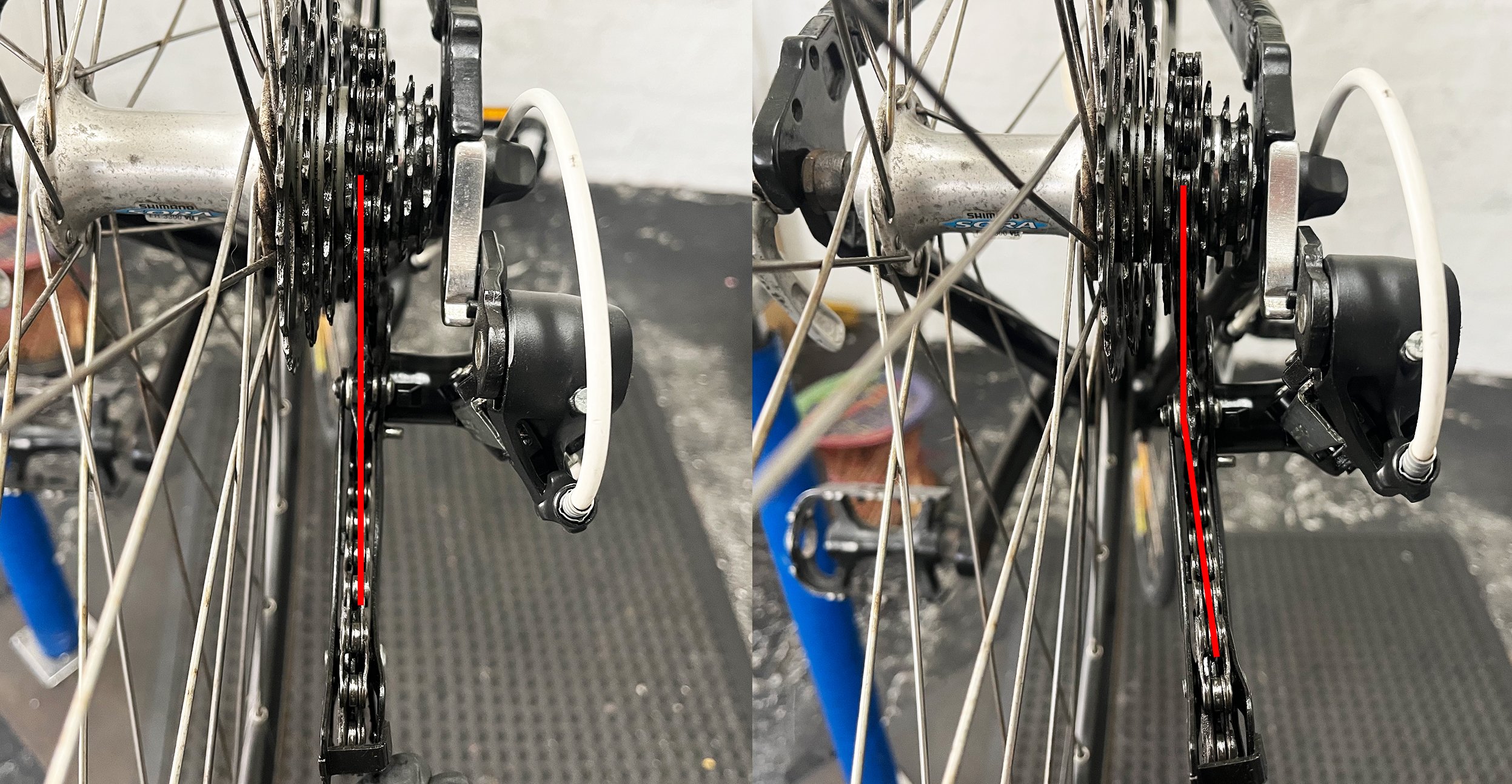Gear Issues
Your gears are slipping, crunching, changing randomly, or not working at all.
Here are a few of the most likely culprits:
Your gear cables
Your gear cables need to be in good condition to allow your gears to shift properly. If they’re worn, gunked up, split or snapped, your gears won’t shift correctly. Which is always a bummer.
The first thing to check is whether anything is interfering with them. Sometimes attachments such as mudguards, frame-bags or lock mounts can be attached in a way that interferes with your cable’s ability to shift smoothly.
If you’ve recently attached any of these onto your bike and then noticed gear issues pop up, check to see if your new gear is attached over a cable line. If it is, you’re going to need to find a new place to attach your stuff to the frame (sorry!)
Above: this mudguard has been fastened over the front gear cable, which has caused the front gears to stop shifting. Note that this also applies to brake lines, so if your brakes stopped working properly after attaching something new, double check that it isn’t interfering with your brakes.
Next thing to try: follow your gear cable lines from your derailleurs all the way up to your shifters.
Check the line to see if any of the inner or outer cables are showing any signs of damage, rust or oxidisation.
Above: follow the cable lines from your derailleurs all the way up to your shifters on your handlebars.
If they are, this could be part of the reason why your shifting is acting up. Changing your own gear cables is complicated, but not entirely impossible! If you want to learn the basics, check out this video:
If that seems like a bit much to attempt at home, we can sort it for you.
If your gear cables are just a little sticky you can attempt to lubricate them yourself, or we can do it for you when we service your bike. Often times though, a new cable is the only solution.
One hot tip: if your gears suddenly stopped working and the only gear you have is really heavy, your cable has probably slipped or snapped, and it’s time to replace it.
Tuning
Your shifting might just be “out of tune”, which is the simplest issue for us to fix. This usually means that your gear cables are either too loose, or too tight. We provide a gear tune with every service, but there are a lot of videos online that can teach you how to tweak the tuning on your bike if you want to learn.
Your derailleurs
Your derailleurs are the little machines that move your chain from one gear to the next. Note that only bikes with external gears use derailleurs; if you have an internal gear hub on your rear wheel, you can skip this part.
Above: external gears with a derailleur (left) versus internal gears without a derailleur (right).
Derailleurs need to be in good condition to shift perfectly. They can be bent, broken or mangled pretty easily, all of which will mess with your shifting. If your bike’s taken a tumble recently, if someone has bumped into it when it was parked, or (sometimes) if you’ve put it in a car, your derailleurs might have taken a hit.
First, check to see if your rear derailleur is aligned correctly:
Above: a nicely aligned rear derailleur (left) and a misaligned rear derailleur (right). Misalignment causes a bunch of gear issues.
If it’s on an angle like the picture above-right, don’t worry too much just yet! We may be able to straighten it up, which should help to solve some of the issues.
Sometimes derailleurs just get gunked up and require a good spring clean. We ‘de-gunk’ derailleurs when we service your drivetrain.
Derailleurs, like everything, have a lifespan. Specifically, the springs that are crucial to their operation will eventually wear out, and your bike will take longer to shift into heavier gears. If you’re noticing this happening, you probably need a new derailleur.
If your derailleur is too far gone and you need to replace it, we have a range of new derailleurs that we can install for you.
Your shifters
We usually find shifters come into our shop with one of two issues: they’ve either got heaps of muck inside them that are messing with their internal mechanisms, or their internal mechanisms have spat the dummy.
If they’ve just got muck inside, we’ll give them a good flush and they should come right.
Above: one of our staff flushing and servicing a sticky shifter.
If they’re proper busted though, they’ll need replacing. If you’re thinking of purchasing replacement shifters, try to find the exact same ones you have now. Shifters with different shift counts or that are made by certain manufacturers usually won’t work well with derailleurs/drivetrains with different gear counts/from different manufacturers. For example, Campagnolo shifters will not work with Shimano drivetrains, and vice-versa.
Your drivetrain
Your chain and cassette/freewheel are the heart and soul of your bike, and they need a little love from time to time.
Your drivetrain might just need a good reconditioning to remove any dirt and grime contributing to your gear issues. We recondition chains in any of our Fix, Fix+ or Works services.
Having said that, chains and cassettes/freewheels wear over time, and need to be replaced.
Above: a worn drivetrain (left) versus a sparkling new one (right).
When you swing by for a service, we’ll use a chain-checker tool to determine whether your drivetrain is at the end of its days.
Above: the chain checking tool is an accurate way to tell whether your drivetrain needs replacing.
If the chain checker shows that your drivetrain is worn, then no amount of reconditioning will bring it back. But don’t fret, we can replace it with a new one that will make a world of difference to your ride.
To sum up:
Gears are tricky lil things, and a lot can go wrong with them. If you’re experiencing any of these issues, we can make them right again. Book in a service below.







